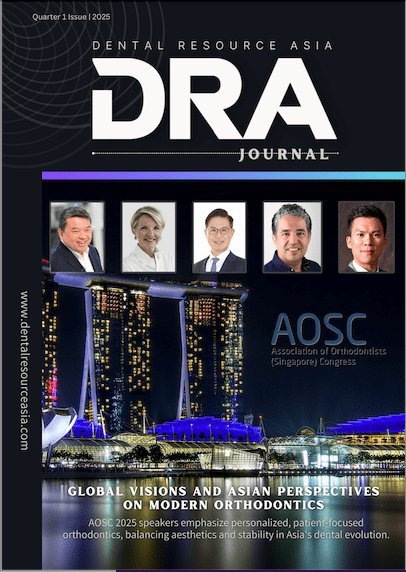Researchers Explore Biological Alternatives to Synthetic Tooth Replacements
A team of scientists has successfully grown human-sized tooth-like structures in the jaws of mini pigs by combining human and pig dental cells. This development, reported in a recent article on IFLScience, could pave the way for biological tooth replacements as an alternative to synthetic implants currently used in dentistry. While the research is still in its early stages, it offers promising insights into the future of regenerative dental therapies.
The study, conducted by researchers at Tufts University School of Dental Medicine in Boston, involved a novel approach to tissue engineering. By harvesting cells from pig jaws obtained from slaughterhouses and combining them with human dental pulp cells, the team created a hybrid cellular mixture. This blend was then seeded onto a “scaffold” made from pig teeth that had been stripped of their original cells, leaving behind only the extracellular matrix. The scaffold served as the foundation for growing the tooth-like structures.
According to the report, the researchers grew these proto-teeth in a bioreactor for a week before implanting them into the jaws of living pigs. After 2 to 4 months, the implants were removed, revealing that the animals had developed tooth-like tissues. These structures featured hard layers of cementum and dentin, closely resembling natural teeth. Photos included in the study show the pigs’ usual sharp canines alongside smaller, more human-like teeth.
Addressing Limitations of Current Dental Implants
Synthetic dental implants, often made of titanium, have become a popular solution for replacing missing teeth due to their durability and success rates, which are estimated to last around a decade. However, as the researchers note in their paper, these implants come with significant drawbacks. “The use of titanium implants to replace missing teeth has become increasingly widespread due to their reported success (~10 years) and highly lucrative clinical market,” they write.
Despite their advantages, synthetic implants are expensive and not permanent, requiring eventual replacement. The global dental implant market, valued at USD 6.6 billion in 2023, is projected to grow to USD 10.53 billion by 2029, highlighting the demand for innovative solutions. The researchers argue that developing bioengineered teeth could address these challenges. “It is therefore essential to devise effective alternative tooth replacement therapies to ensure healthy long-term patient outcomes, and to avoid a dental healthcare crisis,” they emphasize.
Their proposed solution involves creating fully functional, living teeth complete with bioengineered periodontal ligament tissues. Such an approach could provide patients with a more sustainable and biologically integrated option compared to current synthetic alternatives.
Challenges and Future Directions
While the results of this study are promising, several hurdles remain before this technique can be applied to humans. For one, the tooth-like structures grown in the pigs’ jaws did not reach the size of an adult human tooth. Additionally, there are significant differences between growing teeth in a pig’s jaw and adapting the method for human use. The researchers acknowledge that much work lies ahead to refine the process and ensure its safety and efficacy for clinical applications.
Nevertheless, the findings demonstrate the potential of using biologically engineered teeth in dentistry. As the team concludes, this approach could lead to viable living alternatives to synthetic implants, offering a new avenue for addressing tooth loss and improving long-term patient outcomes.
A Significant Step Toward Regenerative Dentistry
The study, published in the journal Stem Cells Translational Medicine, represents a notable advancement in the field of regenerative medicine. By combining human and pig cells to grow tooth-like structures, the researchers have opened the door to new possibilities in dental care. While practical applications may still be years away, this work underscores the importance of exploring biological solutions to meet the growing demand for effective and sustainable tooth replacement therapies.
As the researchers aptly summarize, the goal is to create “functional, bioengineered living teeth” that integrate seamlessly into the human body. If successful, this approach could transform the future of dentistry and offer patients a more natural and durable solution for tooth loss.
The information and viewpoints presented in the above news piece or article do not necessarily reflect the official stance or policy of Dental Resource Asia or the DRA Journal. While we strive to ensure the accuracy of our content, Dental Resource Asia (DRA) or DRA Journal cannot guarantee the constant correctness, comprehensiveness, or timeliness of all the information contained within this website or journal.
Please be aware that all product details, product specifications, and data on this website or journal may be modified without prior notice in order to enhance reliability, functionality, design, or for other reasons.
The content contributed by our bloggers or authors represents their personal opinions and is not intended to defame or discredit any religion, ethnic group, club, organisation, company, individual, or any entity or individual.

